Could There Be Swimming Pools or Gardens in Paris’ Abandoned Metro Stations?
Two architects offer fantastical designs for how to repurpose some of Paris’ forgotten subway stations
The Parisian metro system is truly a marvel of public transportation. As the sixth-largest metro system in the world, it carries nearly 1.5 billion passengers each year over its 132 miles of tracks—but for all its impressive capabilities, there are 11 stations that sit unused, either closed during World War II or never opened to begin with. If one candidate wins the city's mayoral election this year, however, those famous "ghost stations" might see new life, in very unexpected ways.
Instead of letting the stations sit empty, candidate Nathalie Kosciusko-Morizet hopes to turn the available space into places that Parisians can go to eat, dance, watch a play or even exercise. She's teamed up with French architects Manal Rachdi and Nicolas Laisné to conceptualize several potential designs for the abandoned stations. Among the most interesting: a subterranean garden, a nightclub and a swimming pool.
"This project aims to bring back to life these ghost stations by giving them a new purpose," Rachdi said in a statement over e-mail. "To swim in the metro seems like a crazy dream, but it could soon come true!" By utilizing the abandoned space, he added, the city could also compensate for a lack of sporting facilities in some areas of the capital city.
"Why can't Paris take advantage of its underground potential and invent new functions for these abandoned places?" Rachdi asked.
Kosciusko-Morizet, who served as Minister of Transport for the French government from 2010 to 2012, has spoken about her fondness for the Paris metro before, calling it "a charming place—at the same time anonymous and familiar." In an interview with Elle.fr, she mentioned that the metro is, to her, a chance to interact with other Parisians on a regular basis. Should Kosciusko-Morizet win the election, she is planning on bringing her populist view of the metro to the redesigns by collecting ideas from Parisians on how best to repurpose these abandoned stations.
The plan to bring new life to the ghost stations hasn't been warmly received by everyone, however. Jean-Michel Leblanc, who works for France's state-owned public transportation operator RATP, told Le Parisien that because of issues with the abandoned stations (including narrow platforms, passage of trains through the stations and electrical rails), it would be extremely difficult—and expensive—to make the spaces safe enough for public use. The project’s proponents say these problems are not “insurmountable” and plan to explore private investment opportunities.
Planning Your Next Trip?
Explore great travel deals
Smithsonian magazine participates in affiliate link advertising programs. If you purchase an item through these links, we receive a commission.
/https://tf-cmsv2-smithsonianmag-media.s3.amazonaws.com/accounts/headshot/natasha-geiling-240.jpg)
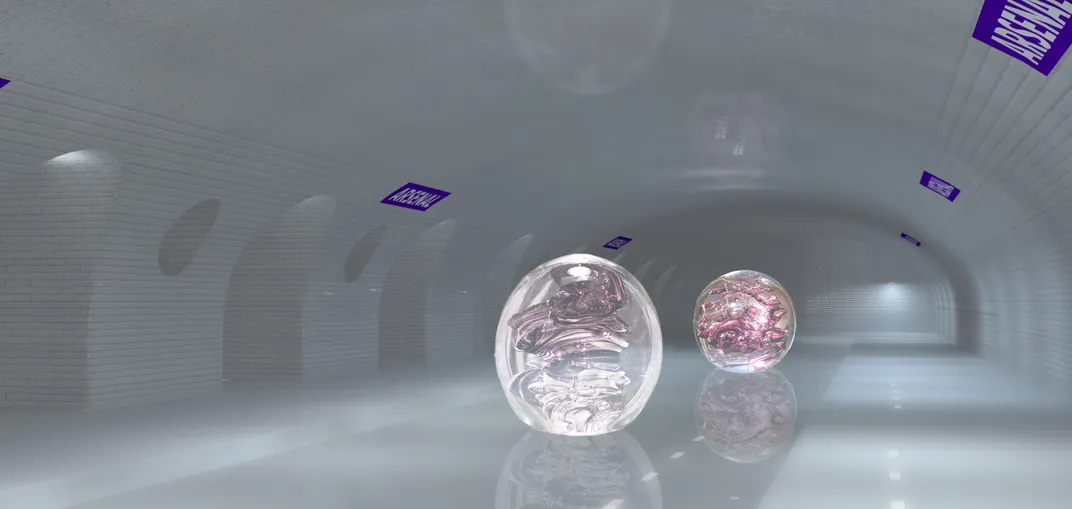
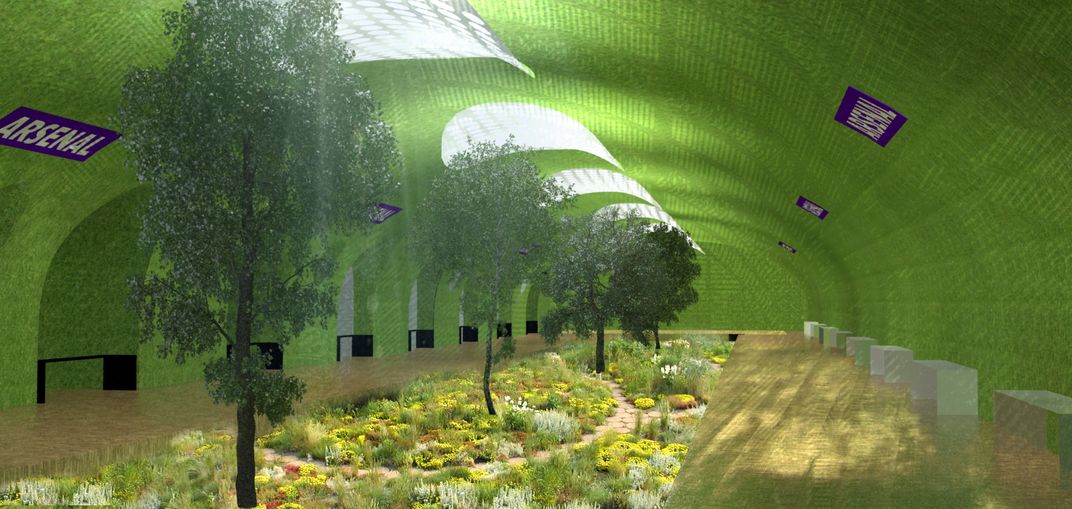
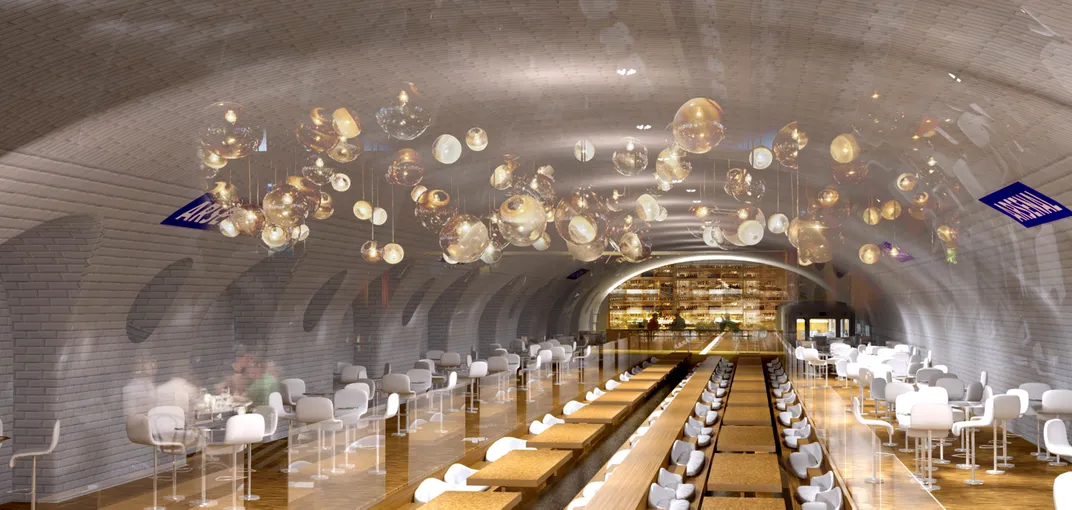

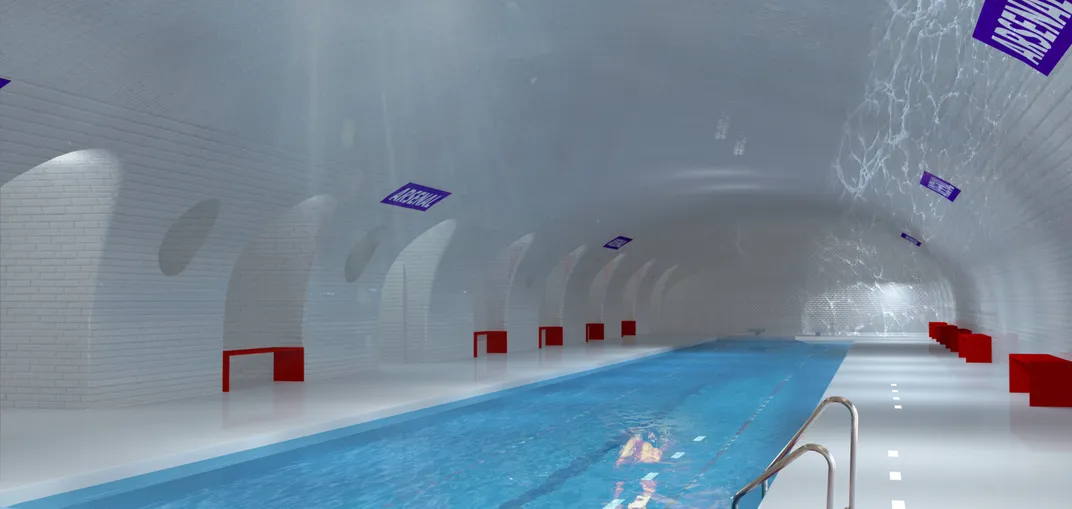
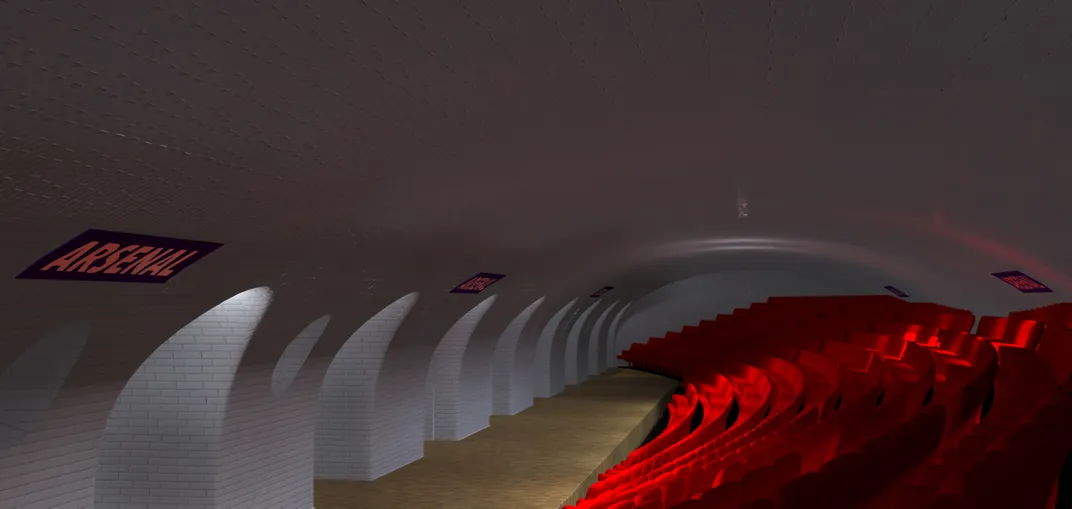
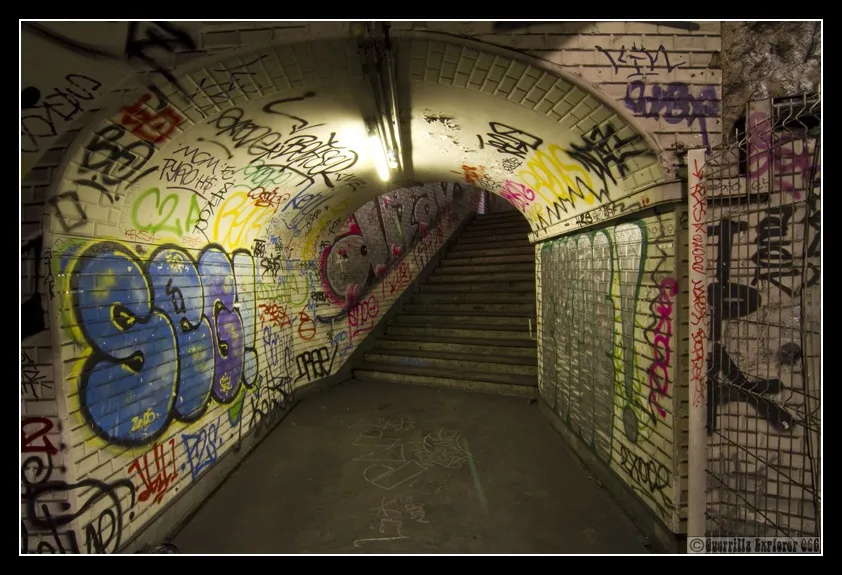
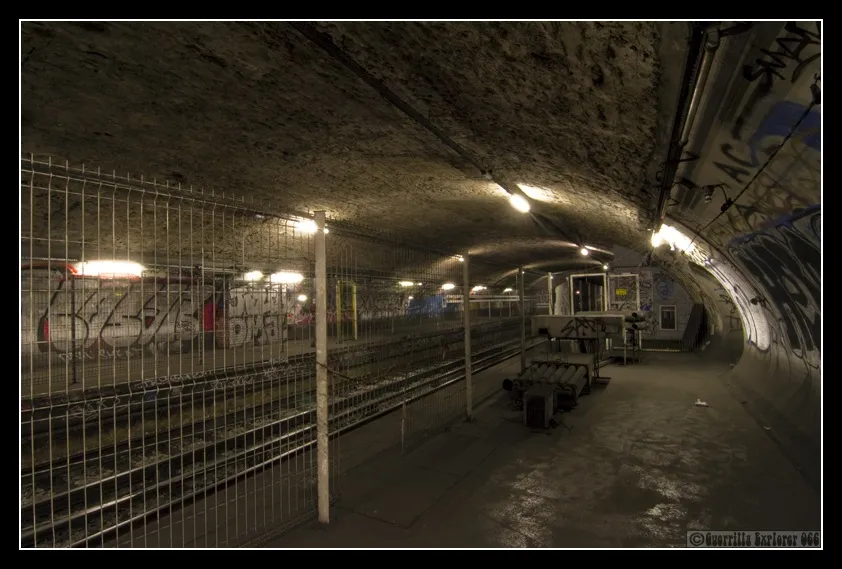
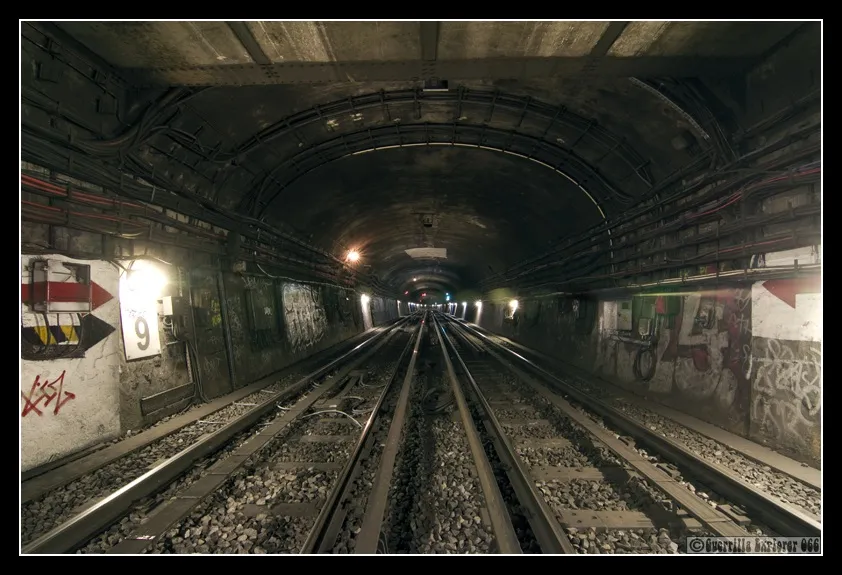
/https://tf-cmsv2-smithsonianmag-media.s3.amazonaws.com/accounts/headshot/natasha-geiling-240.jpg)